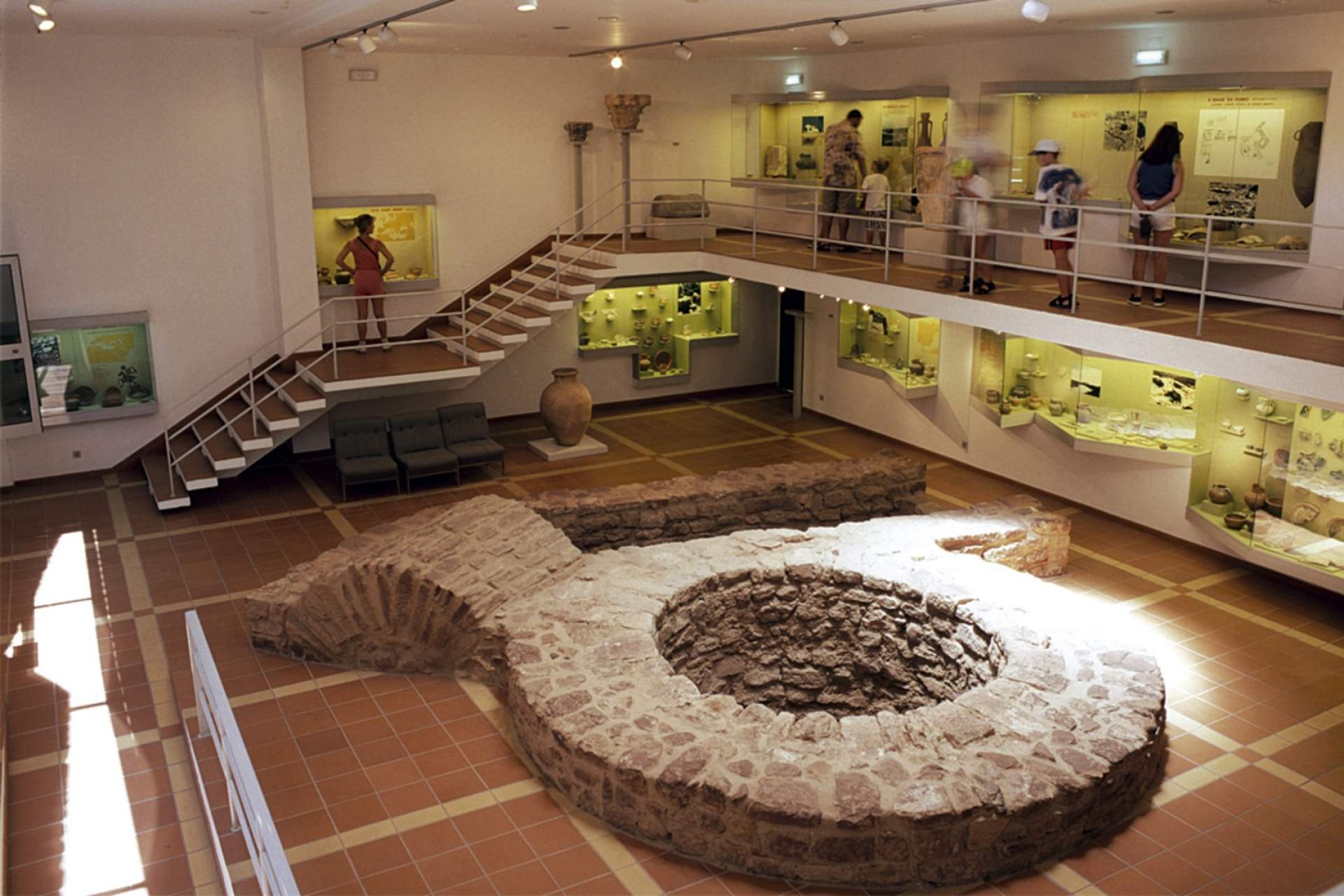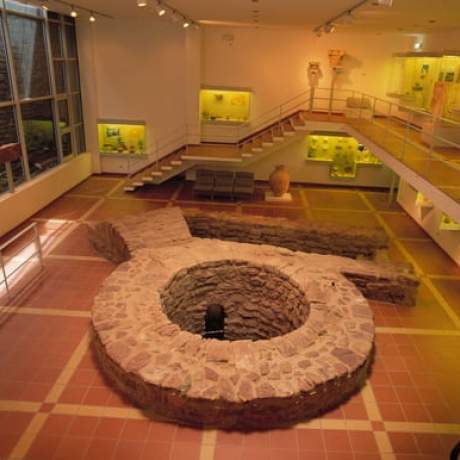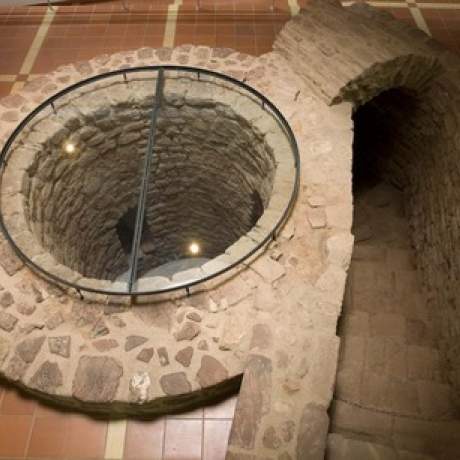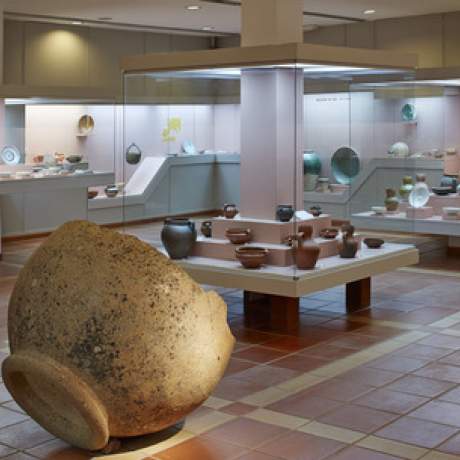
Municipal Archaeology Museum of Silves
The Municipal Archaeology Museum of Silves was built on the site where, in the 1980s, a large water reservoir was discovered, which would become the ex libris of the museum. In an excellent state of conservation, the cistern is a construction from the Almohad period, about 18 metres deep and with a diameter of 2.5 metres. It is considered unique in Portugal due to the presence of a spiral staircase, in which three windows open at different heights, allowing access to the water according to the filling levels of the well, a rare piece of Islamic architecture.
The Museum's collections, which come from archaeological finds found in the region, are organized into several chronological nucleus: prehistory, Roman period, Muslim period and modern period.
Having entered the Islamic period, the one with the greatest representation, we can admire a remarkable set of pieces from the medieval Muslim-Omayyad period, which are proof of the wealth and importance of the city in that historical period.
Inside the museum you can also see a representative section of the Almedina wall and the cistern-well, both built in the Almohad era and classified as National Monuments. The wall defended the city in Islamic times and, from the museum, you can walk along the promenade and access one of its Albarrana towers.
Address:
Rua da Porta de Loulé, 8
Phone:
Email:
Website:
Timetable:
Every day: 10.00 -18.00 (last entry: 17.30)
Closing day(s):
December 25th and January 1st
Close
Search results for:
No results were found matching your search.
Information available soon.





